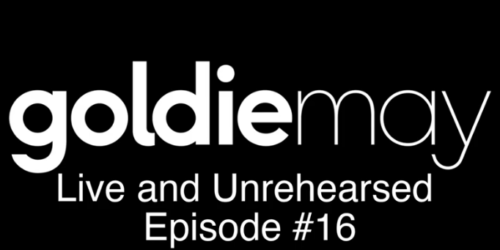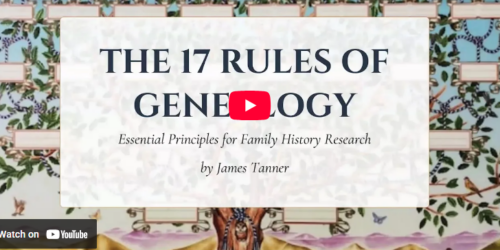What I Learned from 1418 Consultations for FamilySearch
Note: This article has been updated to reflect that FamilySearch consultations have not been discontinued.

During the past five years, I have scheduled 1418 online consultations for FamilySearch.org. These consultations originated from the Salt Lake City FamilySearch Library website. There were dozens of people volunteering to respond to the consultation requests, mostly Church Service Missionaries for The Church of Jesus Christ of Latter-day Saints.

I volunteered to help with a variety of topics, but because I speak Spanish fluently, almost all my consultations were in Latin America with a few other immigration questions from time to time.
The first thing I learned was that the main incentive for signing up for help was to obtain dual-citizenship for either Spain or Italy. The main challenge was lack of knowledge of the place of origin of the immigrant. I soon had a “standard” response even though the response was not very promising. The answer is the research for an immigrant begins in the country of arrival, not the country of departure.
The second thing that became clear was that those coming on line from Latin America were usually more computer and smartphone literate than those people coming on from the United States. Another lesson, was that a very high percentage of all the requests came from people using a smartphone as their main contact device.
Another very interesting and challenging issue was that I learned that many (most) of the records on the FamilySearch.org website were restricted to viewing in a FamilySearch Center. This was true mainly in South America.
I also experienced a basic fact that all the people who were interested enough to come online were very friendly and thankful for the help. I had dozens (hundreds) of special experiences talking to people all over the world. It is probably a good idea to note here that Spanish is the second most spoken language in the world after Chinese.
The next learning experience was how limited the genealogically valuable records are in almost all the Spanish speaking countries of the world. There are only two main categories of records: church records and civil registration records. It was also interesting to learn that FamilySearch had almost no civil registration records from Argentina.
The majority of people contacting the help consultation were from Buenos Aires. I should probably note that I do not speak Portuguese so I am not aware of the number contacting the library from Brazil.
I guess another interesting observation was that the lack of awareness of record sources for genealogical research was about the same no matter the language spoken although English speaking patrons (friends) were more likely to have a developed family tree online.
I learned a lot about genealogical records in every Latin American country as well as in Spain and Italy.
AI turned out to be extremely helpful in identifying Catholic parishes and diocese.
The experience of having a number of one-on-one consultations almost every week has been priceless.





